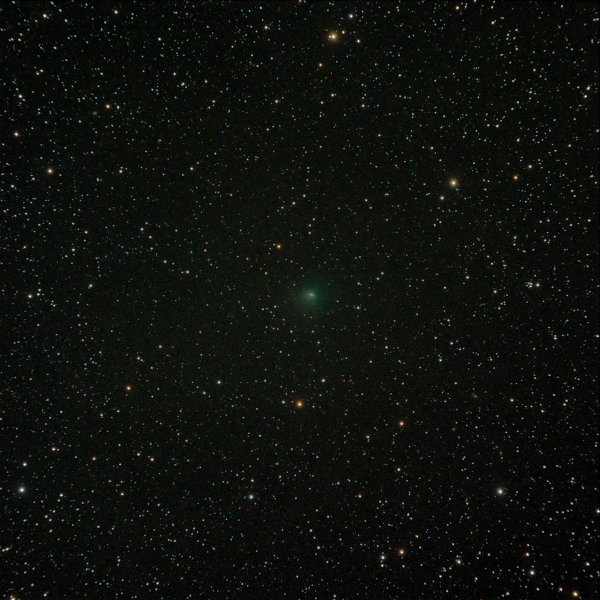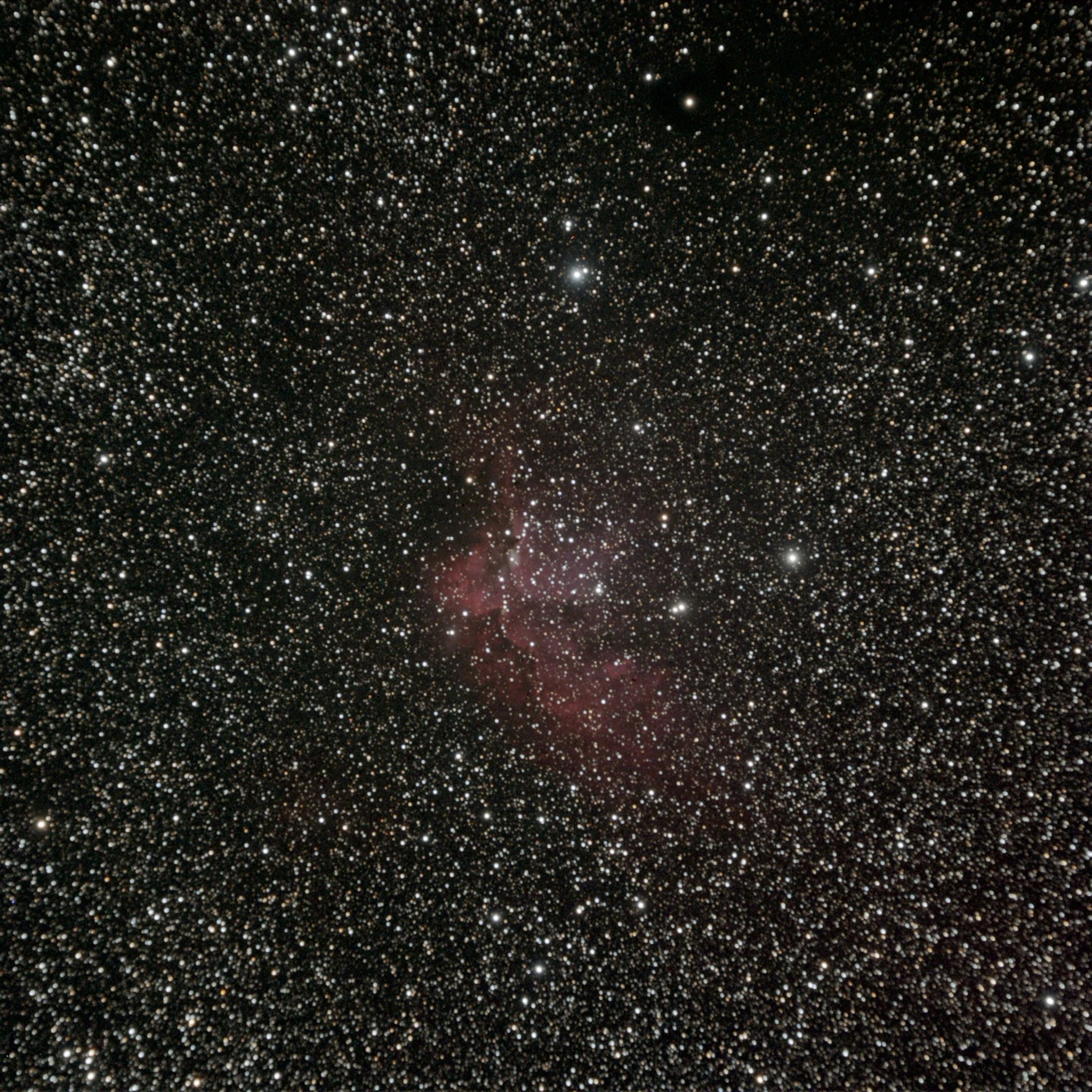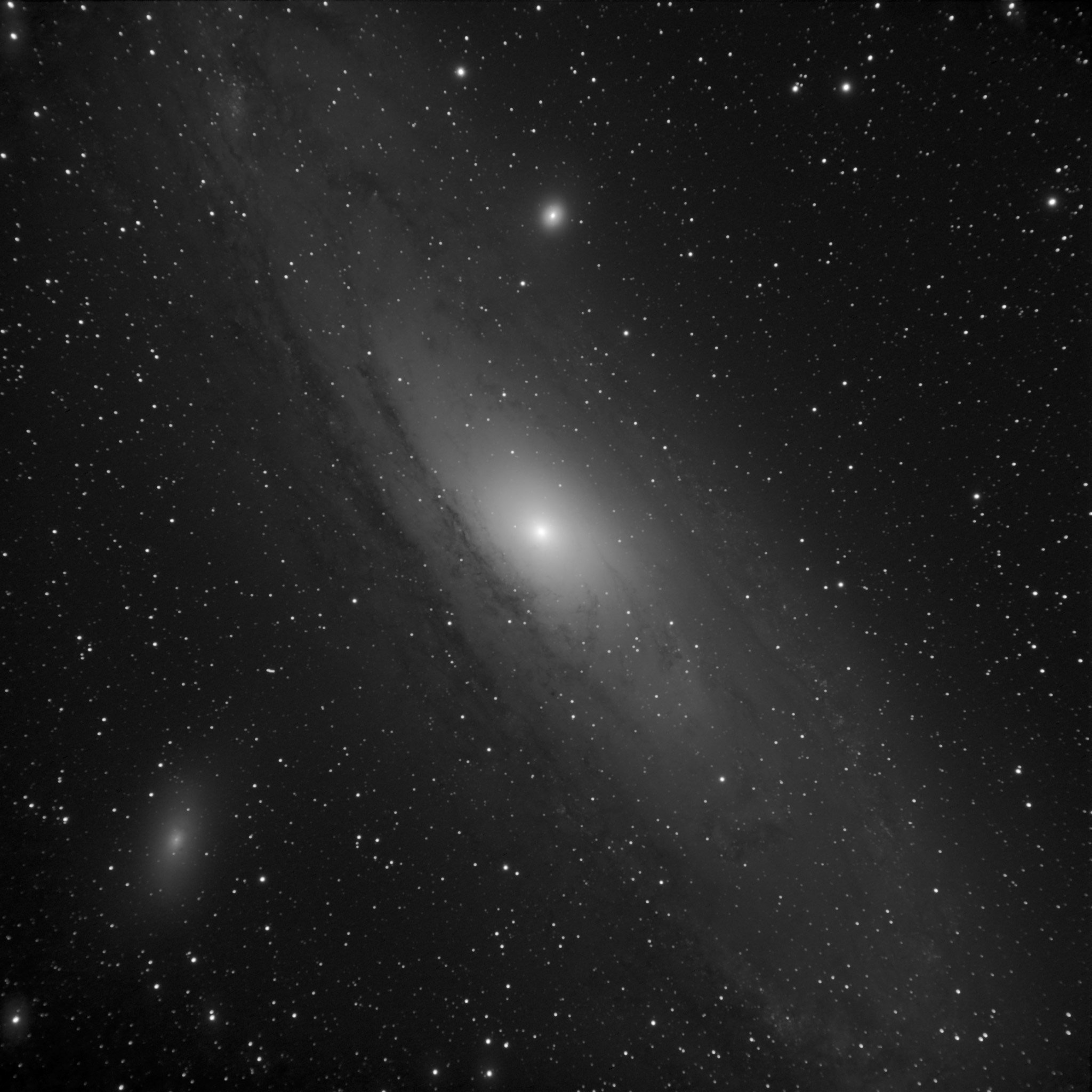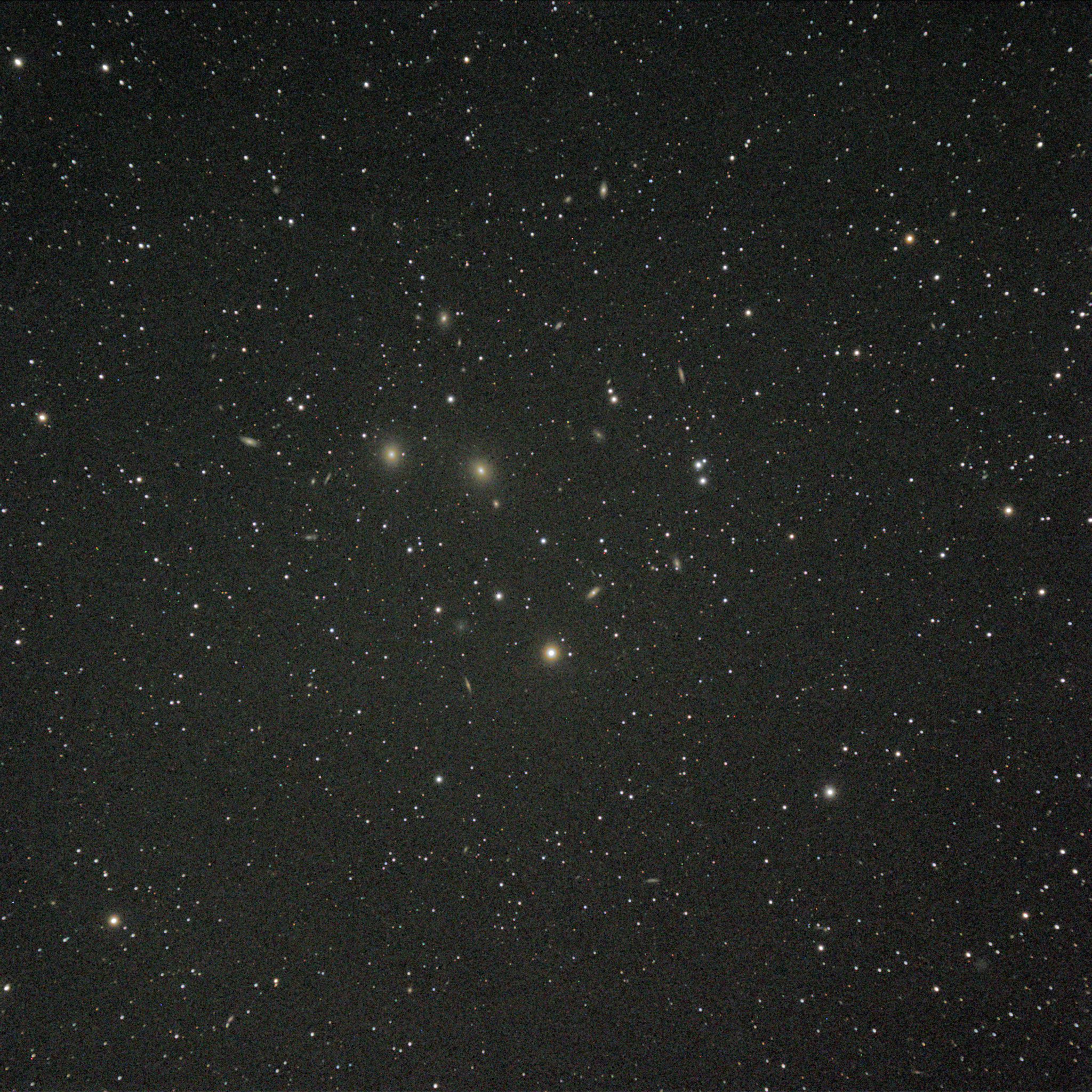I love to take my telescope out to observe the sky, and I find that the objects studied or discovered by scientists (from the past or the present) make for an even more rich observing (and learning) experience. Here are just a few observations from a fantastic night at Amboy Crater October 22, 2011. Amboy Crater is well worth a visit for daytime hikes as well as for spectacular stargazing at night.
IAU circular No. 9134, issued on 2010, April 11, announced the discovery by R. E. Hill of a new comet on Apr. 10, 2010, in the course of the Catalina Sky Survey. After posting on the Minor Planet Center’s NEOCP webpage, many observers checked out this 19.5 magnitude object, designated C/2010 G2 (HILL). (HILL) is well known and well respected Rik Hill of the Lunar and Planetary Lab at University of Arizona, Tuscon. He literally wrote the book about observing sunspots for the A.L.P.O. Sunspotter program. I used this book to sketch sunspots and complete the ALPO Sunspotter program last solar maximum in 2002, and I encourage you to complete this amazing program now, as solar maximum is coming up! I observed Rik’s comet on October 22, 2011, when it was magnitude 10.78 and 1.5 AU distant from Earth. It was small, the coma diameter was 6.2′ – and it was very hard to find! Here’s Mojo’s lovely image from that night. In the eyepiece the green color was absent, in fact it was nearly a no-see-um! Here’s a finder chart. Now, off to explore the Milky Way.
NGC7380 is an open cluster sometimes referred to as the Wizard Nebula located in the constellation Cepheus. It’s about 7,000 light-year away from Earth. The stars of NGC7380 have emerged from the star-forming region in the last 5 million years or so, making it a relatively young cluster. Here’s the image from NASA’s WISE Mission of NGC7380 in 2010. It’s a mosaic of images spanning an area on the sky of about 5 times the size of the full moon. Caroline Herschel discovered this cluster on August 7, 1787 when her brother William Herschel was away in London. She discovered many objects, include comets on the nights she was not recording William’s famous observations. Let’s check out a galaxy in our local group now.
Everyone with a telescope observes the great Andromeda Galaxy, M31 as soon as convenience and sky conditions allow. It’s the largest galaxy of our galactic family, the Local Group, which consists of not only the Andromeda Galaxy, and our own Milky Way galaxy, but also the Triangulum Galaxy, M33, and about 30 other smaller galaxies. It’s visible with the unaided eye if you know where to look from a dark sky. It’s magnificent in binoculars, and unsurpassed in a telescopic view, no matter how big or small the telescope might be. Here’s the image from NASA’s Spitzer Space Telescope which studied our neighbor galaxy. Mojo reprocessed this image a week later. Now let’s move out beyond our local group and check out something extragalactic.
Perseid 1 Galaxy Cluster is 250 million light years distant. It’s not in the local group! The brightest members are a pair of magnitude 11 elliptical galaxies — NGC7619 and NGC7626 — which you can see in Mojo’s first image from October 22. Here’s a fascinating (and local) report on NGC7619 by Mt. Wilson Observatory’s Milton Humason written in 1929. In the early twentieth century, the construction of big telescopes at Mount Wilson (the 60-inch and 100-inch) allowed astronomers to determine the motions of galaxies for the first time.
Milton Humason used the 100-inch telescope on Mt. Wilson. He writes “During the past year two spectrograms of N. G. C. 7619 were obtained with Cassegrain spectrograph VI attached to the 100-inch telescope. This spectrograph has a 24-inch collimating lens, two prisms, and a 3-inch camera, and gives a dispersion of 183 Angstroms per millimeter at 4500. We present new observational results of NGC 7619, an elliptical galaxy with a prominent X-ray tail and a dominant member of the Pegasus group”.
More recently, Chandra and XMM-Newton observations confirmed the presence of a long X-ray tail on NGC7619. I love seeing objects our space telescopes study and image! And I often spend many enjoyable hours learning the science behind my stargazing targets when I’m back at the armchair.
Here is Mojo’s blog + photos from October 22 at Amboy Crater.
Here is Mojo’s blog + photos from October 29 at Red Cloud Road.




Nicely documented and noted!
I really enjoyed both your blogs, very much! Oh how nice to have clear, dark, dry and warm conditions, jealous! I’m impressed by Mojo’s relatively excellent images from that classic Traveller (can’t beat the classic!) with short exposures on a good, but basic camera.
Did you get to do the Twitter thing for the launch of Curiosity? Can’t wait for that!
Keep up the good work,
John W from SCAS/RFO
Thanks, John! It took some getting used to (no dew, low humidity, no fog, shirtsleeve observing all night long), but we cope.
I didn’t do the twitter thing for MSL launch, but was one of the two Juno live tweeters? for the August launch. I also worked GRAIL and MOjo and I attended a Vandenberg launch in October. Quite the adventures!
Quite the adventures!